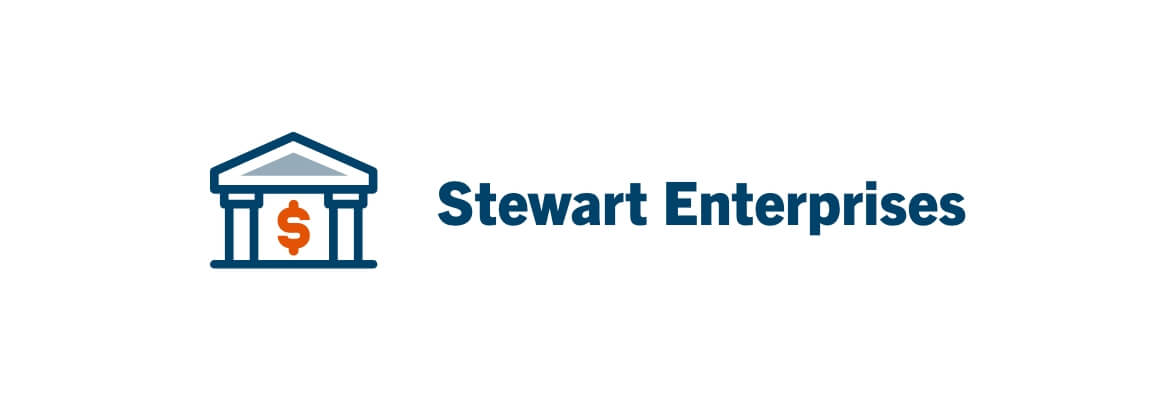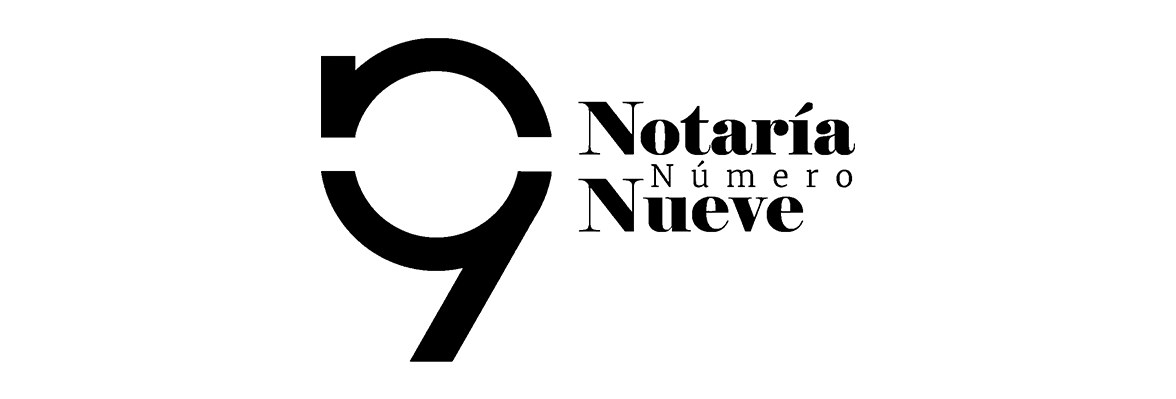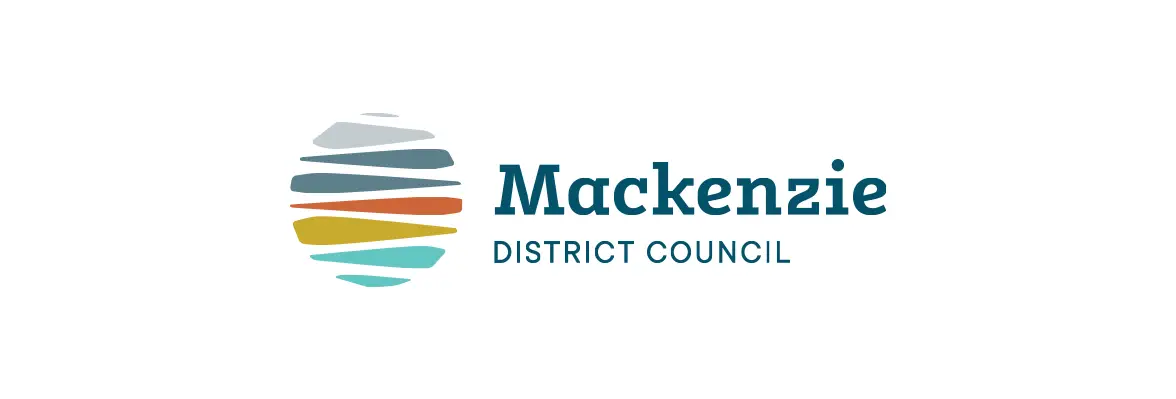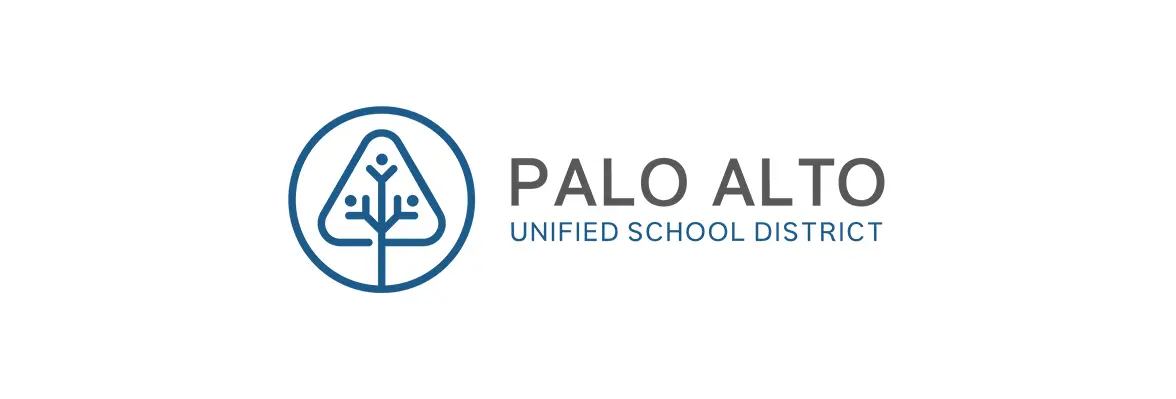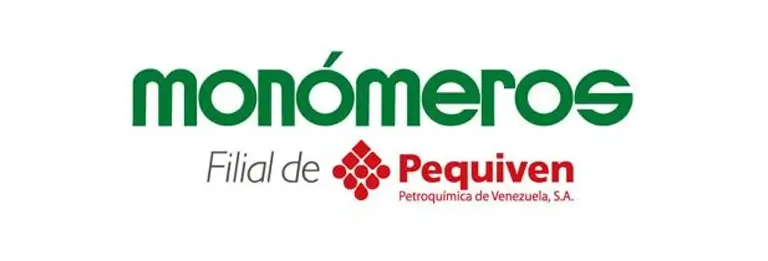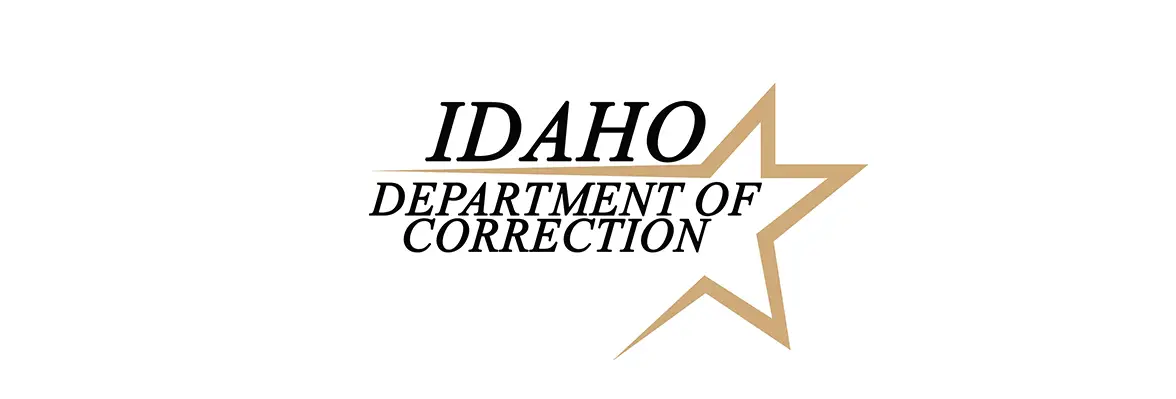Stewart Enterprises: Using ECM Software for Disaster Recovery
4 min read
Mitigating Documents During Disaster Recovery
“With cemetery records, record-keeping is literally eternal,” says Brian Pellegrin, IS Business Support Manager at Stewart Enterprises, Inc.
In the past, when people passed away, contracts from funeral homes and cemeteries were permanently added to the millions of pages of records in each of the company’s regional storage centers.
Although Stewart Enterprises initially considered implementing an enterprise content management (ECM) solution in 2005, it failed to anticipate that its documents might incur damage. Unfortunately, when Hurricane Katrina struck later that year, the company’s New Orleans Records Management Center was hit and tens of thousands of documents were submerged for over a week.
“The hypothetical doomsday scenario became a reality for our organization,” says Pellegrin. “Unfortunately, we were not as forward-thinking at that time as we are now. Rather than accepting an initial ECM proposal for $175,000, we spent $1.5 million recovering and restoring our documents.”
Setting a Document Standard
Despite the loss, the disaster gave the organization the forward velocity it needed to go digital with Laserfiche ECM. “When implementing a new functional area, as soon as I put the Katrina pictures up, everyone is on board,” says Pellegrin. “When you talk about buy-in, it isn’t a hard sell.”
As a direct result of Hurricane Katrina, the company first digitized the records in its New Orleans Records Management Center. Before implementing ECM enterprise-wide, Pellegrin started discovery by physically walking through various company facilities and taking stock of employee processes, paper piles and organization structure—a preliminary step he recommends for anyone beginning a Laserfiche project.
“The sheer volume of documents involved in digitizing a record center astonished me,” he says. “Walk through a variety of departments and ask yourself, would it would be beneficial to management to see the documents and to have real-time tracking for every step in this process?”
These discoveries allowed Pellegrin to seize the opportunity to standardize records management across the company by upgrading to Laserfiche Rio. He rolled out digital archiving to the company’s other records centers in Miami, Dallas and Orlando, as well as individual facilities and corporate offices in 25 states and Puerto Rico.
Configuring Laserfiche Rio across multiple departments and integrating Laserfiche Quick Fields with the company’s contract number system and reporting systems transformed Stewart Enterprises’ Laserfiche ECM system from a simple disaster recovery plan to a flexible, yet central, point of control.
“We’re not looking at an individual person or process, we’re thinking enterprise-wide,” he says of the company’s IT strategy. “What we have noticed as a result of implementing Laserfiche is not only a more efficient process, but a structured workflow that can be implemented nationwide.”
Centralizing Contracts
Because Stewart Enterprises juggles different regulations on its contracts and facilities for every state in which it operates, Pellegrin sought a standard workflow that could track and store documents in compliance with these regulations while still offering fluid access to documentation when adjusting a client’s file.
Laserfiche Rio allowed the company to greatly restructure the contracts workflow. Using the Laserfiche SDK, Pellegrin configured Laserfiche Quick Fields to draw information between the company’s .NET point-of-sale applications and Laserfiche. This integration, along with standardized scanning methods and better quality control, led to much faster processing:
750 field employees now image documentation as .TIFF files onto a national network drive using Canon scanners.
Laserfiche Import Agent then transfers those documents from the drive into the Laserfiche repository automatically, day and night.
Laserfiche Quick Fields runs a real-time SQL search against the company’s account receivable contract system based on individual contract number. Laserfiche Quick Fields then indexes each document by geographic location, sorts and routes it to separate workflows depending on values identified in the SQL lookup.
Users across the regional centers and corporate headquarters can route, process and update contracts using Laserfiche Workflow and Laserfiche Snapshot.
Prior to Laserfiche, these records centers contained vaults full of filing cabinets and shelves of manila folders that a contract research team mined during contract retrieval requests. With this system in place across all facilities, the company has already scanned more than 30 million pages from its document centers into Laserfiche’s digital repositories, repurposing filing cabinets into valuable real estate and saving thousands in paper costs. Now the company can scan, monitor and check the quality of its financial transactions, such as deposits, to better ensure compliance with each state’s regulations.
Enterprise-Sized Gains
Unlocking critical contract information from paper forms brought an unprecedented level of enterprise visibility to the company, which Pellegrin lauds as Laserfiche’s main asset. When Laserfiche Workflow creates a permanent record for storage, it also makes the contracts available for real-time access to over 1,000 employees nationwide via a Laserfiche WebLink Web portal.
Now, users ranging from executive vice presidents to customer service representatives can research the contracts and their indexes and status information with the click of the Laserfiche icon on their desktop. “Giving real-time, simultaneous access to a variety of functional areas and hierarchies brought immediate value and efficiency to our organization,” explains Pellegrin.
For example, read-only access to contracts for the company’s audit department has eliminated travel costs during audits. The audit group may perform a facility audit without the facility knowing about it, right from their own computers.
“Laserfiche has allowed us to not only standardize our processes, but to easily monitor them as well. We now have access to empirical data about employees indicating efficiency, accuracy and completeness on a real-time basis,” notes Pellegrin.
Stewart Enterprises truly leverages the full scale of Laserfiche Rio, using it for everything from conversion and storage of microfilm records to streamlining and enhancing internal audit processes across the entire company.
“Prior to implementing Laserfiche, I was virtually in the dark with respect to ECM. I didn’t have the slightest idea of the impact this one system could have throughout the organization. We’re changing the culture of our company in a span of three to six months at each record facility.”
